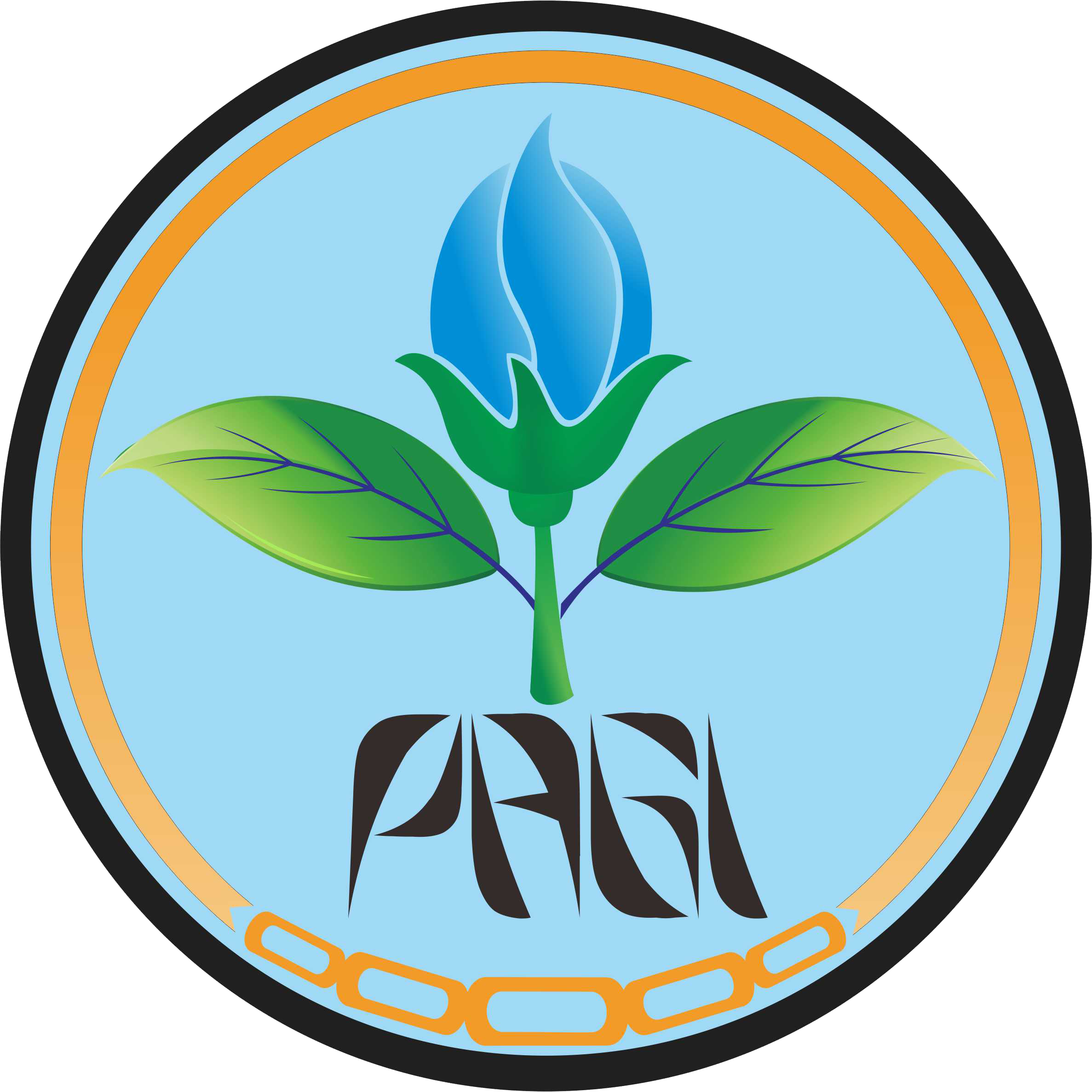Pengaruh Pemberian Berbagai Konsentrasi Garam dan Frekuensi Penyiraman terhadap Pertumbuhan, Hasil, dan Kadar Flavonoid pada Tanaman Sweet Basil (Ocimum basilicum)
Abstract
Salt stress and infrequent watering application obstruct sweet basil growth and yield. But both condition can increase flavonoid production. The aim of this research is to get tolerant level of sweet basil plant on various salt concentration and watering frequency with several parameters consists of growth, yields, and flavonoid contents. The research was conducted from October 2021-January 2022 at the greenhouse of Petahunan Village, Pasuruan City. The method used was a factorial of randomized block design with various watering frequency consisist of once a day (W0), once on two days (W1), and once on three days (W2). Various salt concentration consists of 0 ppm (N0), 1000 ppm (N1), 2000 ppm (N2), 3000 ppm (N3), and 4000 ppm (N4). There is an interaction between saline medium and infrequence watering, whenever with more watering can decrease saline effect on plant primary metabolism. Interaction betweet saline medium and infrequence watering inhibit plant vegetative growth. But saline that interaction can improve sweet basil yields such us flowers, seeds, and also flavonoid contents on leaves. The research conclusion is that interaction between saline medium and infrequence watering obstructed vegetative growth, but increase yields and flavonoid contents.
Keywords
Full Text:
PDF(ID)References
Aminah, Tomayahu, N., & Abidin, Z. 2017. Penetapan Kadar Flavonoid Total Ekstrak Etanol Kulit Buah Alpukat (Persea americana Mill.) Dengan Metode Spektrofotometri Uv-Vis. Jurnal Fitofarmaka Indonesia, 4(2), 226–230. https://doi.org/10.33096/jffi.v4i2.265
Attia, H., Ouhibi, C., Msilini, N., & Karray-bouraoui, N. 2011. Analysis of salinity effects on basil leaf surface area, photosynthetic activity, and growth. Acta Physiology Plant, 33(1), 823–833. https://doi.org/10.1007/s11738-010-0607-6
Bakheta, M. A., & Hussein, M. M. 2014. Uniconazole effect on endogenous hormones , proteins and proline contents of barley plants (Hordeum vulgare) under salinity stress (NaCl). ISEA Journal of Biological Science. 6(1), 39–44. https://doi.org/10.13057/nusbiosci/n060107
Chaves, M. M., Flexas, J., & Pinheiro, C. 2009. Photosynthesis Under Drought and Salt Stress : Regulation Mechanisms From Whole Plant to Cell Photosynthesis under drought and salt stress : regulation mechanisms from whole plant to cell. Annals of Botany, 103(1), 551–560. https://doi.org/10.1093/aob/mcn125
Ferreyra, M. L. F., Rius, S. P., & Casati, P. 2012. Flavonoids : Biosynthesis , Biological Functions, and Biotechnological Applications. Frontiers in Plant Science, 3(222), 1–15. https://doi.org/10.3389/fpls.2012.00222
Jan, R., Kim, N., Lee, S., & Kim, K. 2021. Enhanced Flavonoid Accumulation Reduces Combined Salt and Heat Stress Through Regulation of Transcriptional and Hormonal Mechanisms. Frontiers in Plant Science, 12(796956), 1–14. https://doi.org/10.3389/fpls.2021.796956
Karolinoerita, V. & Yusuf, W. A. 2020. Salinisasi Lahan dan Permasalahannya di Indonesua. Jurnal Sumberdaya Lahan. 14(2), 91-99. http://dx.doi.org/10.21082/jsdl.v14n2.2020.91-99.
Kovinich, N., & Durkin, P. 2018. Hormone deficient mutants have distinct flavonoid proportion fingerprints in response to abiotic stress. Plant Signaling and Behavior, 13(12), 1–5. https://doi.org/10.1080/15592324.2018.1542241
Krishnan, S., & Merewitz, E. B. 2015. Phytohormone Responses and Cell Viability during Salinity Stress in Two Creeping Bentgrass Cultivars Differing in Salt Tolerance. J. Amer. Soc. Hort. Sci., 140(4), 346–355.
Marwanto, M., Rachman, A., Erfandi, D., & Subiksa, I. G. M. 2009. Tingkat Salinitas Tanah pada Lahan Sawah Intensif di Kabupaten Indramayu, Jawa Barat. Balai Penelitian Tanah, 14(2), 175-190.
Muhajan, N., Singh, J., & Sinha, S. 2014. Comparison of Total Flavonoid, Phenolic Content and Antioxidant Capacity in Leaf and Seed Extracts from White Holy Basil (Ocimum sanctum). International Journal of Applied Biology and Pharmaceutical Technology, 5(4), 34–42.
Nasution, M. R., & Ardhiyati, B. 2019. Total Fenolik dan Flavonoid serta Aktivitas Antioksidan Ekstrak Etanol Daun Tenggek Burung (Eudia redlevi). Prosiding SainsTeKes, 1(1), 58-65.
Nasyirah, N., Kalsim, D. K., & Saptomo, S. K. 2015. Analisis Laju Pencucian Tanah Salin dengan Menggunakan Drainase Bawah Permukaan. Jurnal Keteknikan Pertanian, 3(2), 89–96. https://doi.org/10.19028/jtep.03.2.89-96
Pi, E., Qu, L., Hu, J., Huang, Y., Qiu, L., Lu, H., Jiang, B., Liu, C., Peng, T., Zhao, Y., Wang, H., Tsai, S., Ngai, S., & Du, L. 2016. Mechanisms of Soybean Roots ’ Tolerances to Salinity Revealed by Proteomic and Phosphoproteomic Comparisons Between Two Cultivars. Molecular and Cellular Proteomics, 15(1), 266–288. https://doi.org/10.1074/mcp.M115.051961
Prashanthi, B., Billa, S. K., Venkata, S. P., & Ravi, B. M. 2020. Impact of Saline Water on Growth, Yield, Quality, Nutrient Uptake in Various Crops: A Review. International Journal of Chemical Studies. 8(2), 2344-2347. https://doi.org/10.22271/chemi.2020.v8.i2ai.9099
Said-Al Ahli, H. A. H., Meawad, A. A., Abu-Zeid, E. N., & Ali, M. S. 2010. Response of Different Sweet Basil Varieties to Soil Salinity. International Agrophysics. 24(1), 183-188.
Shah, A., & Smith, D. L. 2020. Flavonoids in Agriculture : Chemistry and Roles in, Biotic and Abiotic Stress Responses, and Microbial Associations. Agronomy, 12(1), 1–26.
Sitompul, S.M. 2015. Analisis Pertumbuhan Tanaman. Malang: UB Pres.
Taïbi, Khaled., Boussaid, Mohamed., Achir, Mohamed., Taibi, Fadhila., Belkhodja, M. 2012. Evaluation of growth response and water relations of two bean genotypes (Phaseolus vulgaris L.) from Algerian semi-arid regions grown under salt stress. Genetics and Plant Physiology, 1(3–4), 175–189.
Watkins, J. M., Hechler, P. J., Muday, G. K., & Carolina, N. 2014. Ethylene-Induced Flavonol Accumulation in Guard Cells Suppresses Reactive Oxygen Species and Moderates. 164(4), 1707–1717. https://doi.org/10.1104/pp.113.233528
Yildiztugay, E., Ozfidan-Konakci, C., Kucukoduk, M., & Turkan, I. 2020. Flavonoid Naringenin Alleviates Short-Term Osmotic and Salinity Stresses Through Regulating Photosynthetic Machinery and Chloroplastic Antioxidant Metabolism in Phaseolus vulgaris. Frontiers in Plant Science, 11(1), 1–18. https://doi.org/10.3389/fpls.2020.00682
Yuan, Y., Liu, Y., Wu, C., Chen, S., Wang, Z., & Yang, Z. 2012. Water Deficit Affected Flavonoid Accumulation by Regulating Hormone Metabolism in Scutellaria baicalensis Georgi Roots. Plos One, 7(10), 1–10. https://doi.org/10.1371/journal.pone.0042946
Zhang, Y., Li, Y., Hassan, M. J., Li, Z., & Peng, Y. 2020. Indole-3-Acetic Acid Improves Drought Tolerance of White Clover via Activating Auxin, Abscisic Acid and Jasmonic Acid Related Genes and Inhibiting Senescence Gene. BMC Plant Biology, 150(20), 1–12. https://doi.org/10.1186/s12870-20-02354-y.
Refbacks
- There are currently no refbacks.






